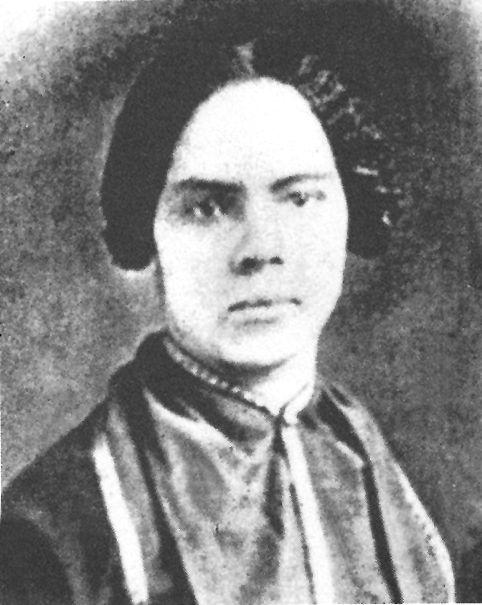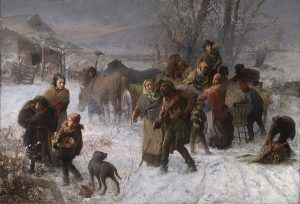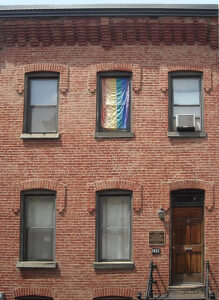Mary Ann Shadd Cary was an African American activist, writer, teacher, lawyer, and journalist in the mid-1800s. She was also the first black woman publisher in the United States and Canada.
Mary Ann Shadd was born free in Wilmington, Delaware, on October 9, 1823, to activist parents Abraham and Harriet Burton Parnell Shadd. She was the oldest of 13 children raised to fight for the abolition of slavery. Abraham was a shoemaker in Wilmington but moved the family to the nearby town of West Chester, Pennsylvania. Mary Ann was just ten years old because Delaware prohibited black education. In both places, her father was active as a conductor on the Underground Railroad Railroad and was involved in other civil rights activities. He was an active member of the American Anti-Slavery Society. In Pennsylvania, Mary attended a Quaker Boarding School until 1839.
In the meantime, her father, Abraham Shadd, was named President of the National Convention for the Improvement of Free People of Colour in Philadelphia, Pennsylvania, in 1833. In 1840, Mary Ann returned to West Chester after being away at school and established a school for black children. She also later taught in Norristown, Pennsylvania, and New York City.
In 1850, Congress passed the Fugitive Slave Act, which deprived fugitive slaves of legal rights and imposed harsh penalties on those who aided fugitive slaves. Abraham Shadd moved his family to Canada three years later, settling in North Buxton, Ontario. In 1853, Mary Ann founded Canada’s first anti-slavery newspaper, the Provincial Freeman, which encouraged blacks to flee America for their freedom. With the weekly publication, she became the first Black woman in North America to run a newspaper. She also opened a school for both black and white students.
In 1856, Shadd married Thomas F. Cary, a Toronto barber, and the couple had two children. In 1858, her father became the first black man elected to political office in Canada when he was elected Counselor of Raleigh Township, Ontario.
In 1860, Mary Ann’s husband died. At the outbreak of the Civil War, she returned to the United States to become a Recruiting Officer for the Union Army in Indiana. After the war, she moved to Washington, D.C., to teach, and in 1867, she enrolled in Howard University’s law program, where she attended classes at night. In 1883, at the age of 60, she graduated. She was only the second African American woman in the U.S. to earn a Law degree. During this time, she also wrote for a local African American newspaper, The New National Era. She gave public speeches to encourage African Americans to work together to recover from the slavery era. Cary was also a founder of the Colored Women’s Progressive Franchise Association.
During her later life, Cary was active in the women’s suffrage movement. She was a member of the National Woman Suffrage Association and spoke at their 1878 convention. She also advocated for the Fourteenth and Fifteenth Amendments at a House Judiciary Committee hearing. The Fourteenth Amendment defined citizenship, and the Fifteenth Amendment granted African American men the right to vote. While Cary spoke in support of the Fifteenth Amendment, she was also critical of it as it did not give women the right to vote.
Toward the end of her life, Cary lived in a brick-row house on W Street in Northwest DC. Today, the house is listed as a National Historic Landmark as it helps us understand her life and work as an advocate for the equality of all people.
Mary Ann Shadd Cary died in Washington, D.C., on June 5, 1893.
© Kathy Alexander/Legends of America, updated March 2024.
Also See:
The United States Bill of Rights
Sources:
National Park Service – 1
National Park Service – 2
Wikipedia



